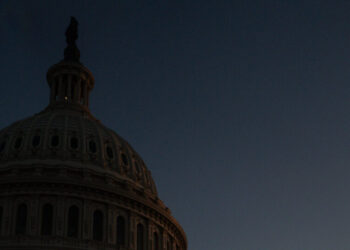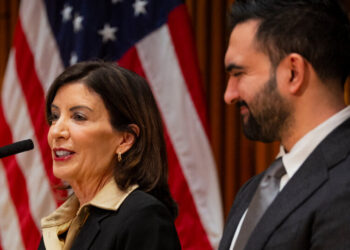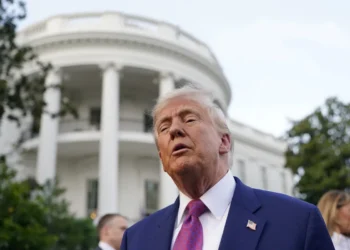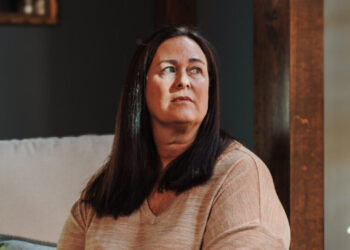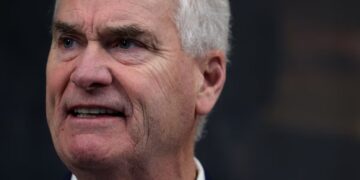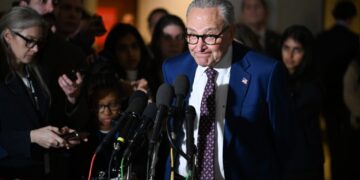The Man Who Could Be Apple’s Next C.E.O.
Around 2018, Apple considered adding a tiny laser to its iPhones. The part would allow consumers to take better photos,...
NASA Considers Early Return From I.S.S. After Medical Issue
NASA may bring a crew home early from the International Space Station because of a medical situation involving an astronaut,...
People Are Using AI to Falsely Identify the Federal Agent Who Shot Renee Good
In the hours after a masked federal agent shot and killed Renee Nicole Good, a 37-year-old woman in Minneapolis, social...
Congress Challenges Trump on Vetoes, Health, War and Spending
Republicans on Capitol Hill woke up on Thursday prepared to do something they have done little of in recent years:...
Trump’s Greenland idea isn’t new. The U.S. has pursued it at least 3 times before
President Trump’s renewed interest in acquiring Greenland from Denmark fits into a long, little-known pattern in U.S. history. From quiet...
Bruno Mars announces ‘Romantic Tour,’ two MetLife shows. Get tickets
Bruno Mars is leaving Las Vegas. The inimitable pop star just announced his summer 2026 ‘Romantic Tour’ that will send...
Hochul and Mamdani to Announce Road Map to Expand Child Care
Gov. Kathy Hochul on Thursday will unveil a plan to vastly expand free or affordable child care for New Yorkers...
Murdoch Paper Trashes Trump’s ‘Executive Account’ Oil-Grabbing Plot
The Rupert Murdoch–owned Wall Street Journal has lashed out at Donald Trump’s plans to use Venezuelan oil money as his...
TikTok’s global head of creators is leaving the company amid a reorg
Kim Farrell, global head of creators at TikTok. Kevin Mazur/Getty Images for TikTokKim Farrell, TikTok's global head of creators, is...
‘Dead Man’s Wire’ faithfully recreates a TV hostage standoff but avoids the messy why
In between such pistol-packing antiheroes as Bonnie Parker and Luigi Mangione, financially-squeezed Americans rooted for Tony Kiritsis, a working stiff...



